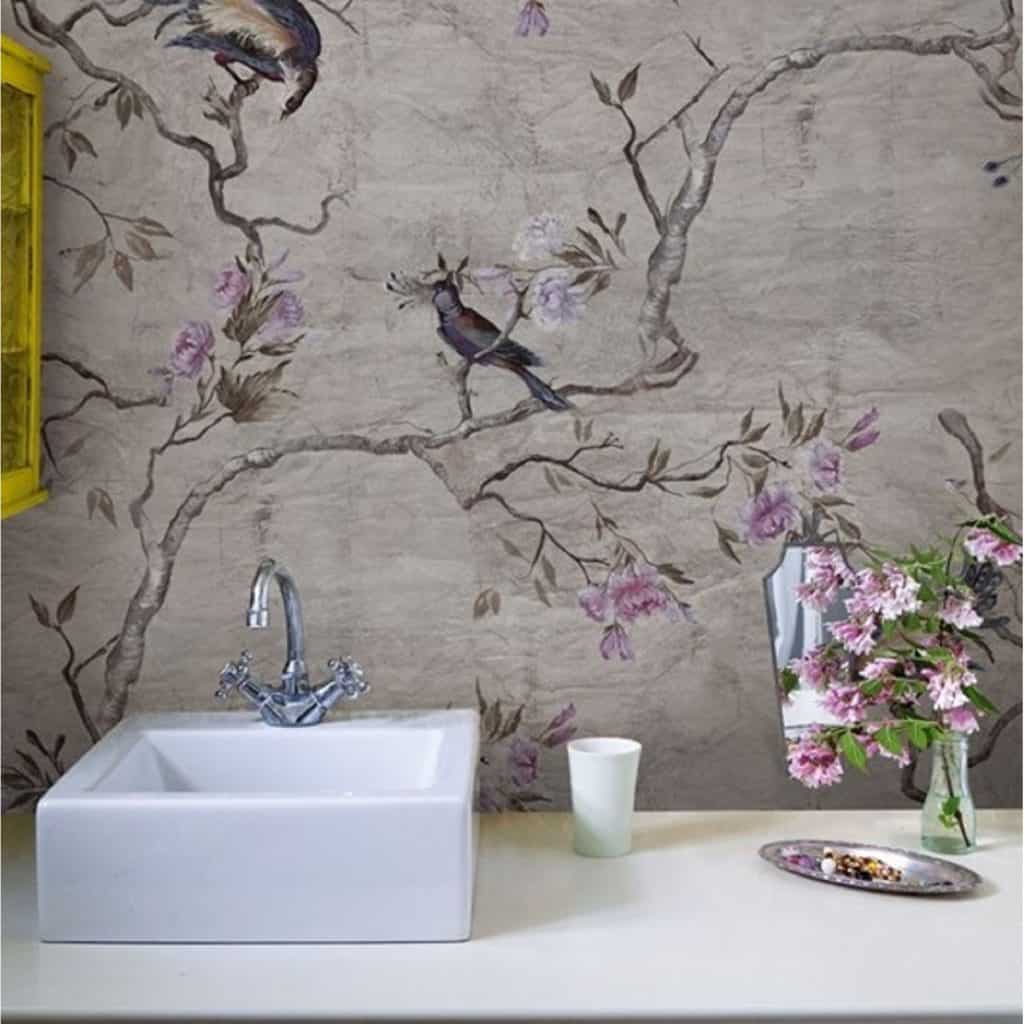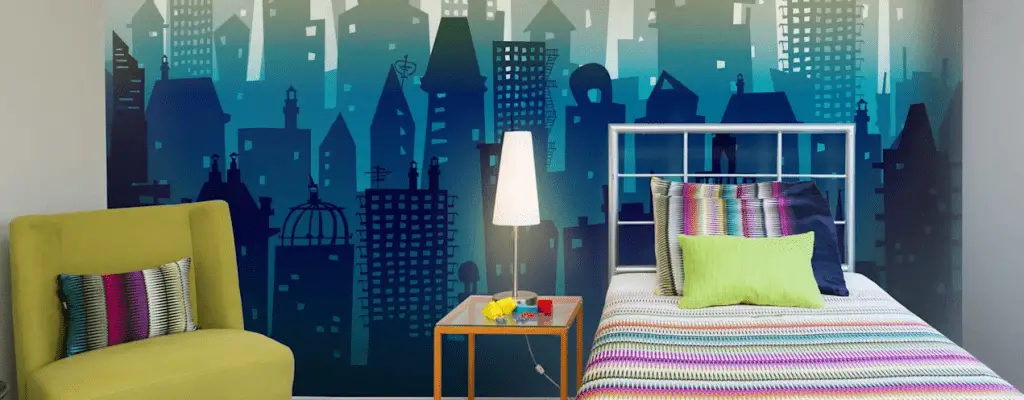When you remodel your house, things get out of hand in a disastrous direction. A wall with a very well-plastered and smooth surface is the best when applying new wallpaper. To plaster rough walls and uneven surfaces, building materials like cement, gypsum, or limestone are mixed with base materials such as sand or marble powder. The surfaces are then ready for a coat of paint or wallpapers, which would contribute to the house’s aesthetic attractiveness. The residents’ selection of wallpapers or paint determines the inside look of their property. Owners of a residence will frequently choose a wallpaper that suits their style and fashion to enhance their property’s elegant charm.
On the other hand, suppose you just plastered your living room wall. It has been a week and is still white and bland, even though it is now scorched and well-plastered. So, what is holding you back from covering the unpleasant plastered wall with stunning wallpaper? Let me guess; you doubt you could ruin your plastered wall if you wallpaper it too quickly. To clear all your scary doubts away, this article will describe in detail how long it takes for the plaster to dry and when it is safe to wallpaper it. Need more information on the topic other than that? Keep on reading to find out why this happens!

How Long After Plastering Can You Wallpaper?
You can wallpaper after plastering for at least after seven days. However, you should wait up to two weeks to avoid problems because moisture may cause the wallpaper to peel off.
You can heat your walls during winter and speed up the drying process.
Your wall will not be arid after plastering, even after two weeks. When you freshly cover a wall with plaster after rendering, the wall or any surface you coated and caused takes about 6 to 12 months to completely dry before it is suitably available to be painted on or covered with wallpaper. However, plastering a wall after re-skimming would take 1 to 2 weeks to dry.
Whenever you repaint or wallpaper your newly plastered surfaces, there are a couple of other things to remember and take explicit notice of. The period it takes to wallpaper various elements determines a freshly plastered surface or wall. Architects and designers recommend advising residents or owners of the property not to paste wallpapers to a freshly plastered surface or wall right afterward when the plastering procedure is finished.
This scenario may not involve recently restored surfaces scraped or coated with paint. You must ensure that wallpapering is completed within a week or two after the plaster has dried on freshly re-skimmed surfaces and walls. This is considered a sufficient drying period for the surfaces and walls. This could only be completed after the plastered walls and surfaces have received several layers of paint, ensuring the appearance of the overall coated surface. The measuring method protects the wallpaper’s level and smoothness by sealing the plaster. However, this sizing solution must be put to the wall when wallpapering is postponed for six months. The outcome of painting or papering walls and ceilings with poorly dry plaster coverings can be hazardous.

Furthermore, users could quickly dry the plastered walls by placing various heaters or machinery that dries the plastered fence, which would help speed up the operation. The heaters’ substantial temperature will speed up this process, immediately leaving the walls and surfaces prepared for wallpapering. So overall, you should be aware that if you plastered a wall after re-skimming, wallpaper could be added after 1 to 2 weeks. On the other hand, if you plastered a wall after rendering, then, as mentioned, it would take 6 to 12 months to dry before you put up wallpaper.
Why Does It Take So Long To Wallpaper After Plastering?
As you know, plasters are composed of lime and cement. These substances are waterproof and by no means can be dried off in a short period. To penetrate through the applied wall or surface relatively efficiently, the plaster takes weeks or even months to dry completely before becoming perfectly capable of covering wallpaper.
After reading the previously mentioned, you must be exhausted and wonder why these walls take so much time to dry before getting covered by wallpaper. The answer to this question is quite simple. Even though it does consume your time, the planned disturbance in painting or putting a new layer of wallpaper on either the surfaces or walls is due almost entirely to the actuation of plastering. Plastering includes applying lime and cement to the walls and surfaces.
Each substance requires some moment to dry entirely before wallpaper is applied. It’s practically impossible to speed up the drying rate of a freshly plastered surface or wall because it is porous by nature and prone to water uptake. When you apply a fresh wallpaper covering to a plastered wall or surface, the wallpaper covering will absorb the plaster’s dampness. This would impact the aesthetic appeal of your new background and even the plastered surface or wall.
Preserving the plaster when layering it all or covering it along with the wallpaper is always a good idea. Before the wallpaper can be applied on the freshly plastered walls, the measuring method or fastening needed to secure the plaster is used. The plaster needs time to dry when applied to a newly restored and smoothed surface or wall. That is because it requires some period to effectively enter the wall or surface. Therefore, 6 to 12 months is the perfect timeframe before applying a sheet of wallpaper to that kind of surface or wall. Regardless of the situation of a re-skimmed wall or surface, the plaster may never have to travel into the structure. It needs to dry thoroughly sufficiently so as not to damage the wallpaper. In these kinds of cases, wallpapering can proceed considerably more quickly. It thus typically occurs in less than a week.
In conclusion of the article, you must now be aware of all the drastic occurrences that could happen if you apply wallpaper to a still-wet plastered wall. Plasters are made of water-resistant components, lime, and cement so that they would take a long time t correctly and thoroughly. To prevent any damage to your room’s beauty, always be patient and never hasten the process of the plaster drying procedure. Good things come to those who wait. So be patient and let the nature of the elements do their job.





